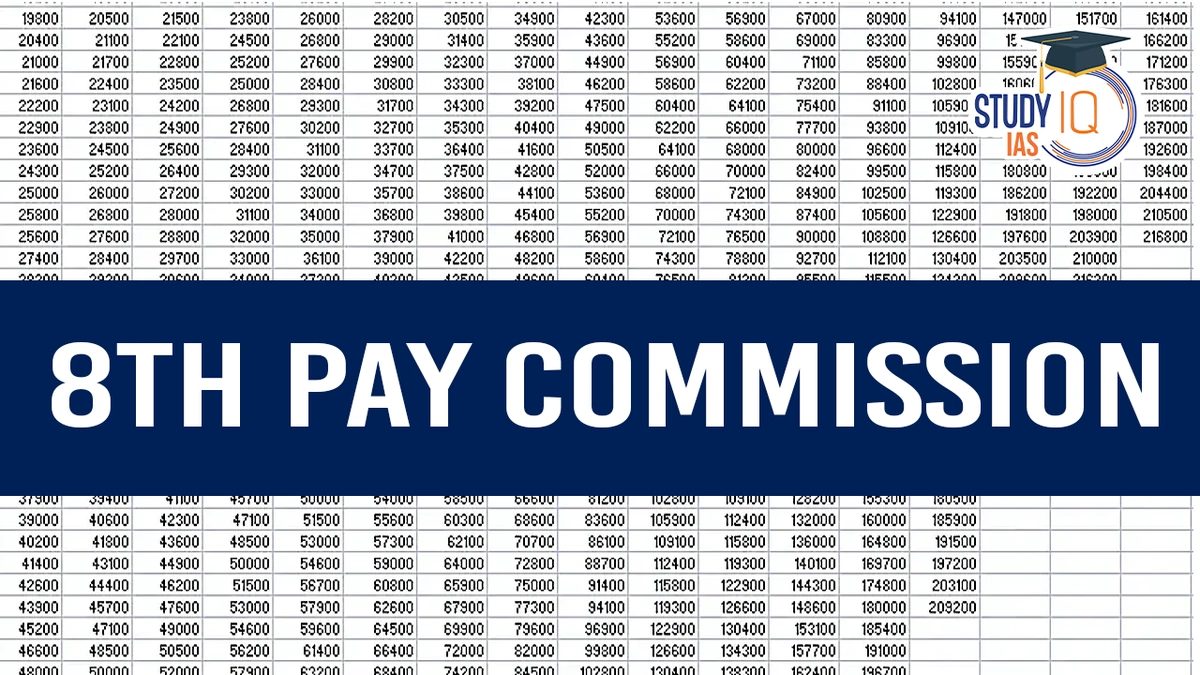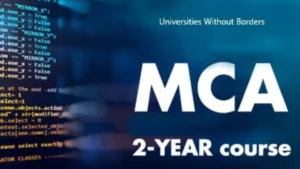What Ever Happened to the SSA? A Look Back at the Scheme That Changed Indian Classrooms
I can still smell it. That distinct mix of chalk dust, old wooden benches, and the faint, sweet scent of a mid-day meal cooking somewhere nearby. For anyone who grew up in India over the last couple of decades, the words Sarva Shiksha Abhiyan probably conjure a similar image. It was a phrase painted on school walls, printed on textbooks, and murmured by politicians. A constant, ambient part of our educational landscape.
But did we ever really stop to think about what it meant?
It was more than just a government acronym. It was a promise. A massive, sprawling, almost impossibly ambitious promise to every single child in this country. And understanding it, I think, is key to understanding where the Indian education system is today.
So, What Was This Whole SSA Thing, Really?

Let’s get the textbook definition out of the way. The Sarva Shiksha Abhiyan (SSA) was the Government of India’s flagship program for achieving universal elementary education . In simple terms? Get every kid between 6 and 14 into a school. And keep them there.
Launched back in 2001, this wasn’t just another policy document destined to gather dust. This was a movement. Think about the scale of it. A country of over a billion people, with pockets of deep poverty, remote villages, and immense social diversity. The goal was to build schools where there were none, hire teachers, and bridge the massive gender and social category gaps that kept children especially girls and those from marginalized communities out of the classroom. It was the engine that powered the landmark Right to Education (RTE) Act of 2009, which made education a fundamental right. It was, for a time, everything.
Beyond Bricks, Mortar, and a Full Stomach

But here’s the thing. Getting kids into a building is only step one. The real challenge, the one that the ssa scheme grappled with for its entire existence, was quality.
I remember reading reports year after year that showed enrollment numbers soaring. A huge victory, no doubt. But then you’d read the fine print, and it would talk about the “learning crisis.” Kids were in school, but were they learning? Could a fifth-grader read a second-grade text? Could they do simple subtraction? Often, the answer was a disheartening ‘no’.
This is where the mission got complicated. The ssa wasn’t just about infrastructure. It poured money into teacher training, providing free textbooks, and creating what were called ‘bridge courses’ for kids who had dropped out. It aimed to make education not just accessible, but also relevant and, dare I say, engaging. The mid-day meal scheme, while a separate entity, was a critical partner in this quest you can’t teach a hungry child.
But the system was just so… vast. The challenges were immense. It’s like trying to navigate a complex open-world game with a million different quests and objectives; sometimes the main storyline gets lost. In fact, the sheer complexity reminds me of trying to master every system in a game like the one in this GTA V ultimate guide , where you have countless interconnected parts that all need to work together for success. It’s a logistical nightmare, and sometimes things just don’t click.
The Evolution | Why We Now Say ‘Samagra Shiksha’

If you’ve been following the education space, you might have noticed the term ssa has faded a bit. That’s not because the mission is over. It’s because it evolved.
A few years ago, the government did something pretty logical. It looked at the whole education pipeline and saw these separate silos. There was SSA for elementary education (Class 1-8). Then there was Rashtriya Madhyamik Shiksha Abhiyan (RMSA) for secondary school (Class 9-10), and another scheme for teacher education. It was fragmented.
So, they merged them.
They created the Samagra Shiksha Abhiyan . The word ‘Samagra’ means holistic or integrated. The idea is to treat education as a single, smooth continuum from pre-school all the way to Class 12. No more jarring hand-offs between different government schemes. As you can read on the official government portal , it’s an attempt to fix the leaks in the entire pipeline, not just one section of it. The focus is now on everything from digital education and vocational skills to sports and physical education. It’s a recognition that the foundation laid by the ssa was crucial, but now it’s time to build the rest of the house. It’s a massive investment, not unlike a major NSDL GMP IPO where the goal is long-term growth and systemic stability.
A Few Questions I Get Asked About SSA
So, what was the main goal of the SSA scheme again?
At its heart, the goal was beautifully simple: to get every single child in India into school and provide them with a basic, useful elementary education. It was about access and equity. Before ssa , millions of children, particularly girls and those in remote areas, had no school to go to. SSA aimed to change that fundamental reality, making education a possibility for everyone, not just a privilege for some.
Wait, is the Sarva Shiksha Abhiyan still a thing?
This is a great question and a common point of confusion. Officially, no. The Sarva Shiksha Abhiyan as a standalone scheme was subsumed into the larger, integrated Samagra Shiksha Abhiyan in 2018. But its spirit and many of its core objectives live on within this new framework. So while the name on the door has changed, the work of ensuring universal access and improving quality continues under a broader umbrella.
How is Samagra Shiksha really different from the old SSA?
Think of it as a difference in scope. SSA was laser-focused on elementary education (Classes 1-8). Samagra Shiksha takes a “pre-school to senior secondary” view. It integrates everything. This means a more holistic approach to planning, funding, and implementation. It also brings in a stronger focus on the quality of learning, digital tools (like smart classrooms), and even vocational training in higher grades, which the original ssa didn’t really cover.
Let’s be honest, did the SSA actually work?
Yes and no. And that’s the honest answer. Did it succeed in its primary goal of getting almost every child enrolled in school? Absolutely. The Gross Enrolment Ratio shot up spectacularly, and the gender gap narrowed significantly. That’s a monumental achievement for education in India . But did it solve the problem of poor learning outcomes? Not entirely. The “learning crisis” remains a challenge. So, you could say ssa won the battle of access but the war for quality is still being fought under Samagra Shiksha.
So, what is the legacy of the Sarva Shiksha Abhiyan ? For me, it’s a story of incredible ambition. It fundamentally altered the national conversation. It made us believe that 100% enrollment wasn’t a utopian dream but an achievable target. It laid the foundation. A cracked and imperfect foundation in some places, perhaps, but a foundation nonetheless. The work of Samagra Shiksha Abhiyan is to build upon that, to ensure that the millions of children brought into the classroom by the ssa are not just present, but are truly learning, growing, and being prepared for the future. The chalk dust has settled, but the promise remains. And that’s a story worth following.













